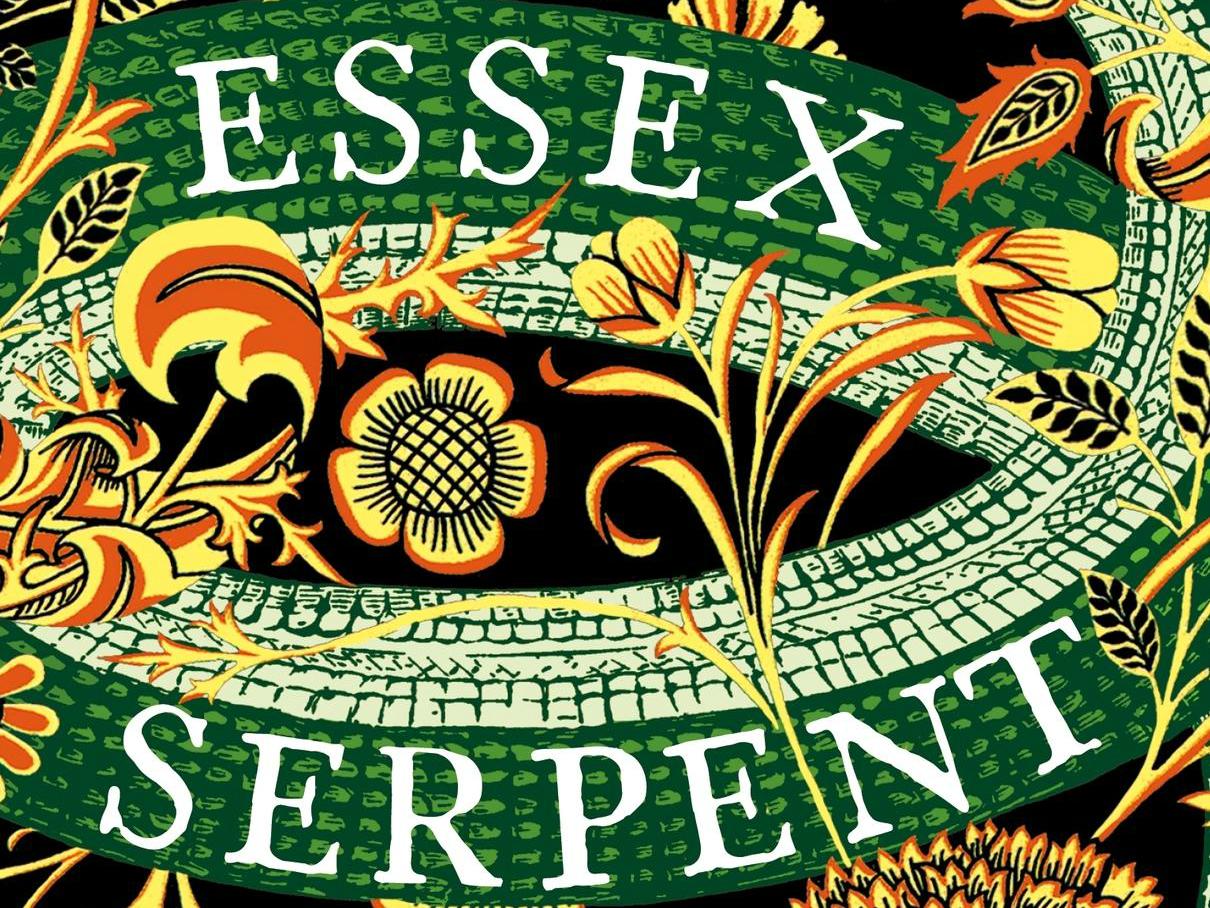The Essex Serpent by Sarah Perry - book review: A thing of beauty inside and out
For only a second novel it’s a stunning achievement, one worthy of prize nominations galore, from the Wellcome to the Man Booker

Serpent’s Tail
£14.99 (pp. 418)
Sarah Perry’s new novel The Essex Serpent is a thing of beauty inside and out. I don’t think I’ve ever mentioned a book’s cover in a review before, but Peter Dyer’s William Morris-inspired design is stunning, a tantalizing taste of the equally sumptuous prose that lies within.
Set at the very end of the nineteenth century, the Essex marshes become Perry’s Dover Beach, the setting for a three-way clash between science, religion and superstition, three serpents entwined: the snake of Asclepius coiling round its staff, that from the Garden of Eden, and a mythical terrible beast, “a monstrous serpent with eyes like a sheep, come out of the Essex waters and up to the birch woods and commons,” claiming human and animal lives alike.
The Essex Estuary abounds with fearful rumours of the latter, but Cora Seabourne – a young widow and aspiring Mary Anning, recently arrived from London – is convinced it’s a previously undiscovered “living fossil.” Meanwhile, William Ransome, the local vicar – a man whose faith is one of “enlightenment and clarity,” not blood, brimstone and darkness – is unconvinced by either explanation.
When it comes to historical fiction, Perry’s achieved the near impossible; she’s created a novel and within it a world that seems to have sprung complete and fully formed directly from the period in question – a long lost fin-de-siècle Gothic classic – but her characters are as enticingly modern as they are of their period.
Cora is about as far from a stereotypical Victorian wife as one can imagine – unconcerned with looking pretty and in possession of exceptional (“masculine”) intelligence – William as questioning as he is devout, and the host of other characters with which they are surrounded are pushing for welfare reforms and medical advances.
Each of whom is beautifully rendered – their desires real and raw, and their pleasures and pains deeply felt. In terms of contemporary comparisons, I was reminded of Sarah Moss’s Victorian-set novels Bodies of Light and Signs for Lost Children: the two authors linked by period and a concern with medicine, but also a similar masterful but understated command of their subject.
Perry also showcases the most beguiling evocations of landscape. “Colchester. Colchester! What is there at Colchester? A ruin and a river, and web-footed peasants, and mud,” someone asks Cora. So much more, Perry goes on to prove! For only a second novel it’s a stunning achievement, one for which I predict prize nominations galore, from the Wellcome to the Man Booker.
Subscribe to Independent Premium to bookmark this article
Want to bookmark your favourite articles and stories to read or reference later? Start your Independent Premium subscription today.

Join our commenting forum
Join thought-provoking conversations, follow other Independent readers and see their replies